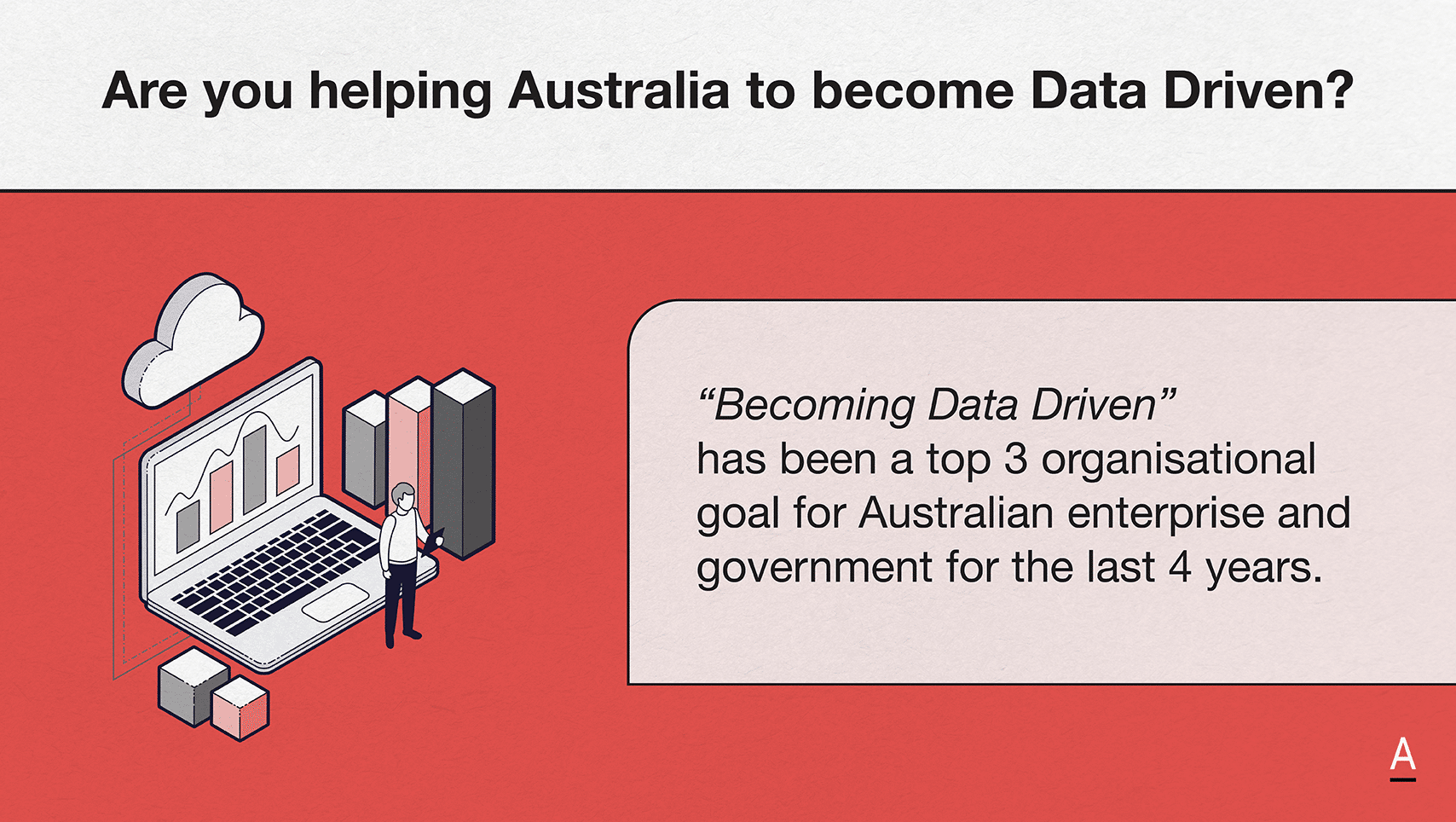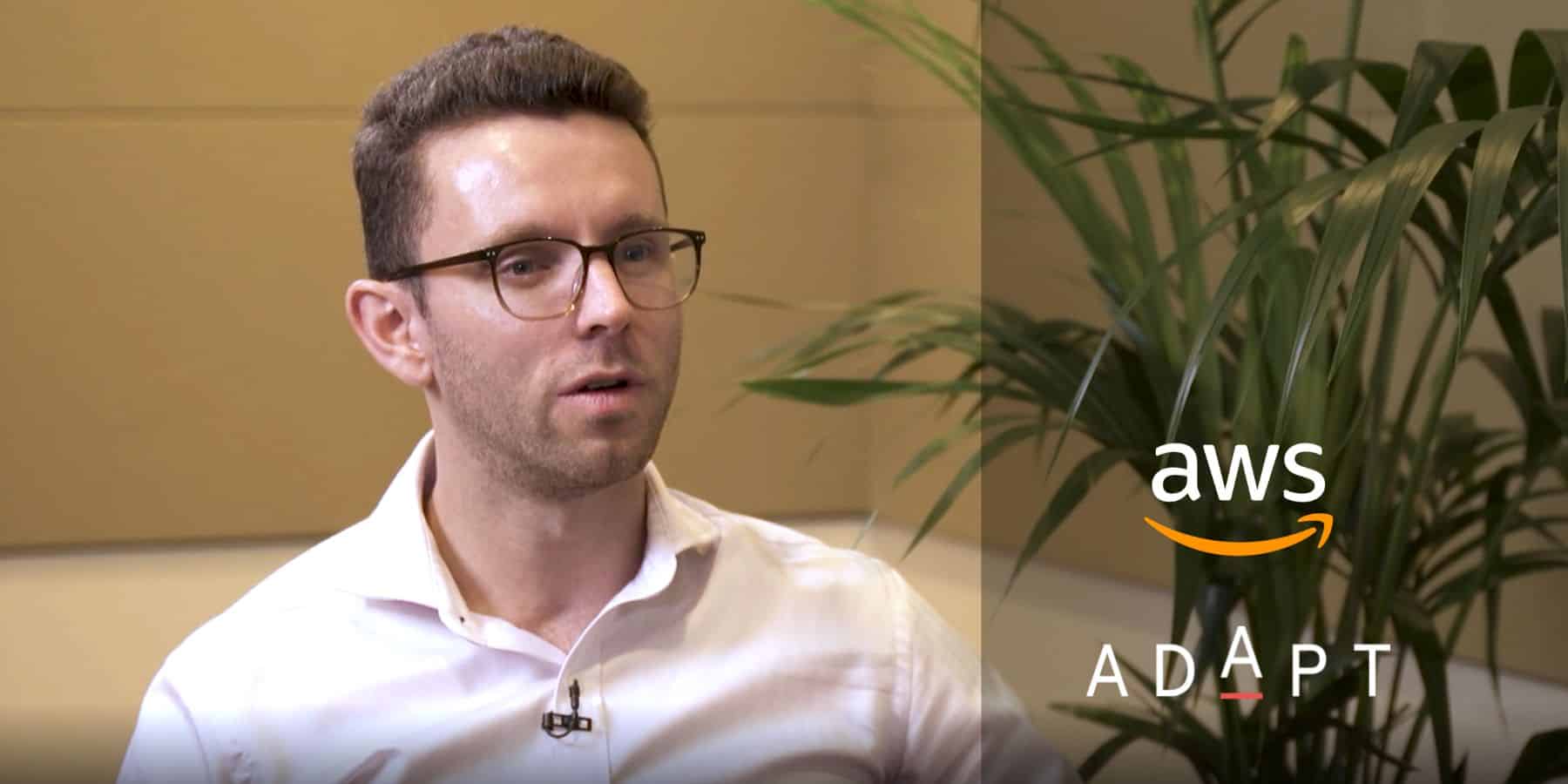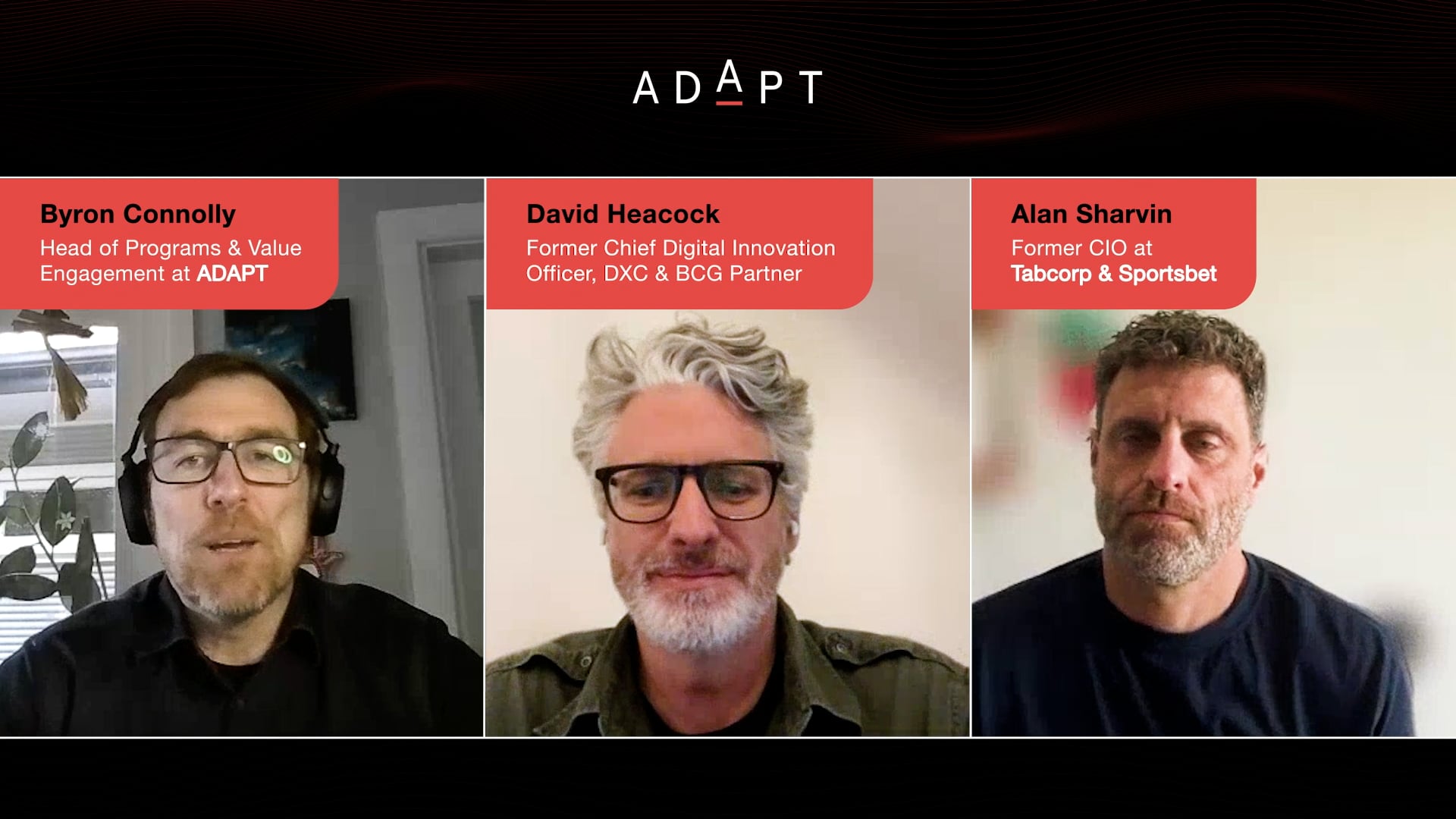5 tech trends your organisation can’t afford to ignore in 2025
As the pace of technological change accelerates, 2025 presents a pivotal year for organisations to align with key trends shaping the future of business and technology.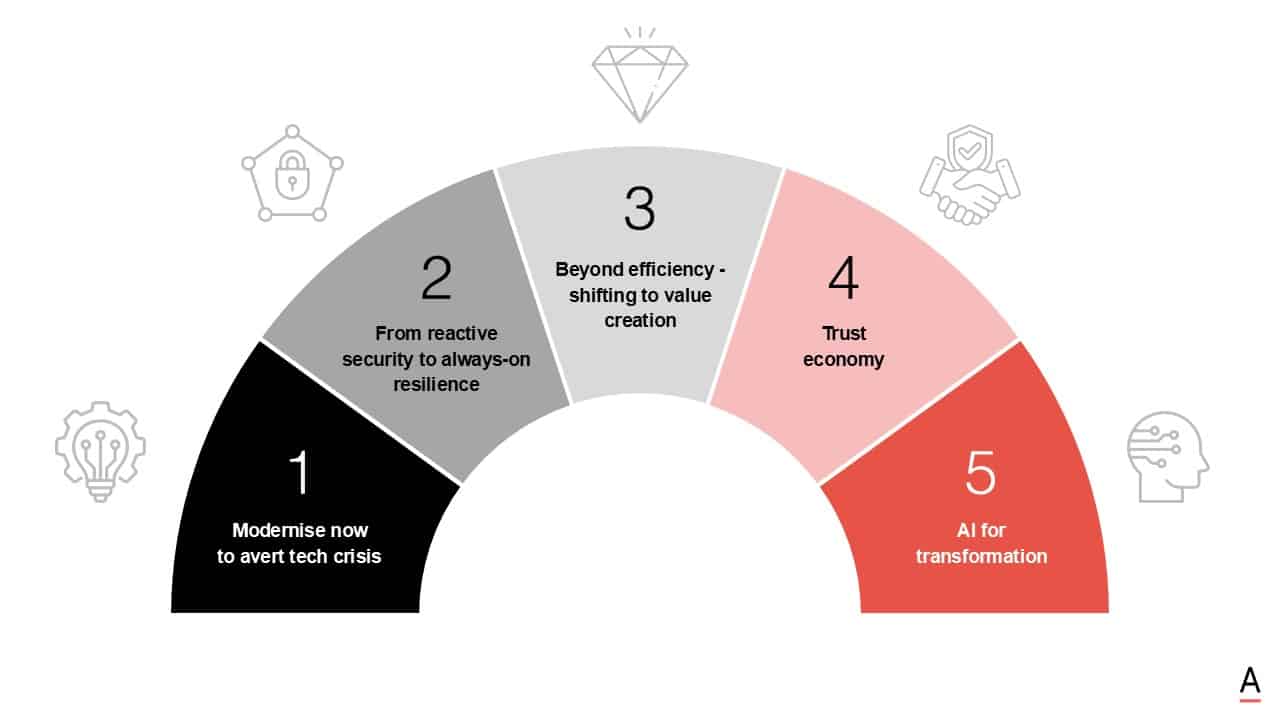
As the pace of technological change accelerates, 2025 presents a pivotal year for organisations to align with key trends shaping the future of business and technology.
From navigating legacy system modernisation to embracing AI-driven transformation, the challenges and opportunities ahead demand proactive strategies.
Success will hinge on an organisation’s ability to anticipate disruption, foster trust, and prioritise value creation over efficiency.
In this article, we explore five unmissable tech trends set to define 2025 and how they can help your organisation thrive in an increasingly complex and competitive landscape.
1. Modernisation as a mandate to avert a technology crisis
Organisations face an impending technology crisis due to aging, complex, customised and fragile infrastructure, with many core systems dating back to the 2000s still in place.
Today, numerous enterprises run legacy systems like SAP, revealing the scale of the modernisation backlog.
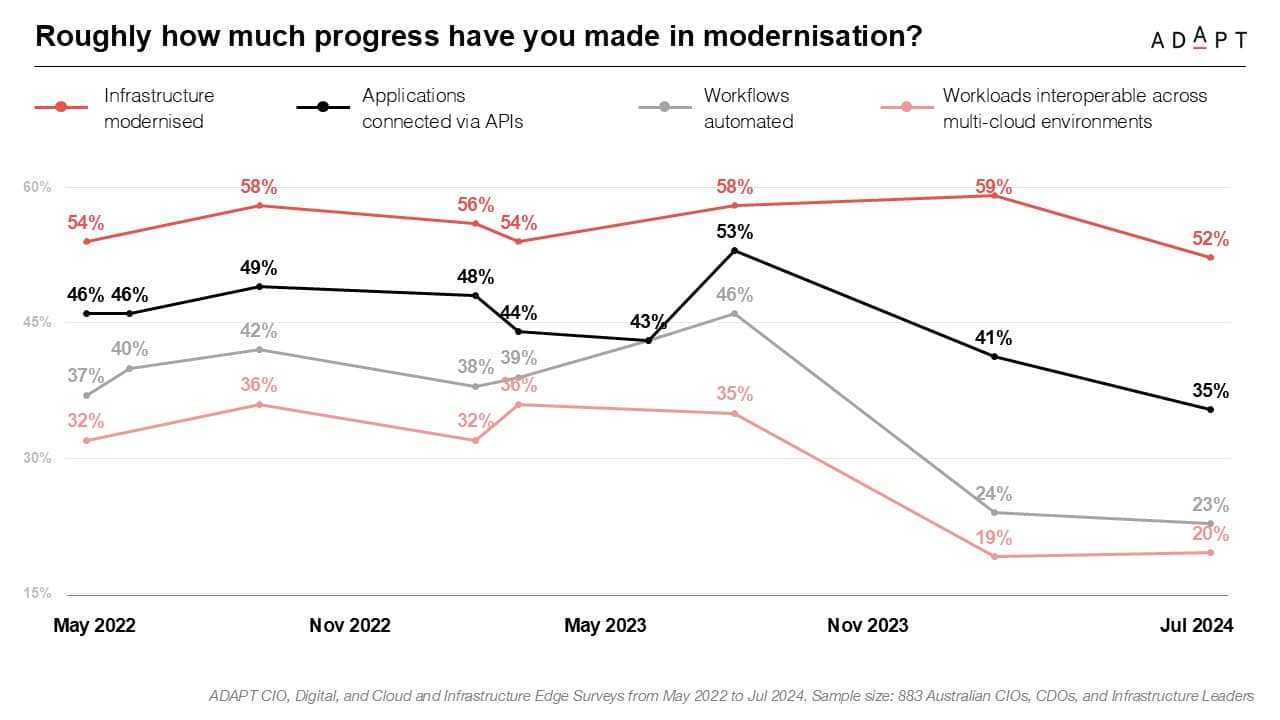
These legacy systems pose a risk as they become harder to maintain, especially when compute demands are escalating beyond current capabilities.
Rising energy costs in Australia further limit smaller organisations from harnessing advanced technology, constraining growth potential. Heavy industries have an opportunity to mitigate this risk by investing in renewable power to support their operations and benefit surrounding communities.
Preparing now can ensure resilience against the energy shortages anticipated to impact growth by 2030.
2. Evolving from reactionary security to always-on resilience
The frequency and nature of disruptions are accelerating, requiring organisations to shift from a reactive to a proactive security posture.
As disruptions become part of the “new normal,” resilience needs to be designed into business operations from the ground up.
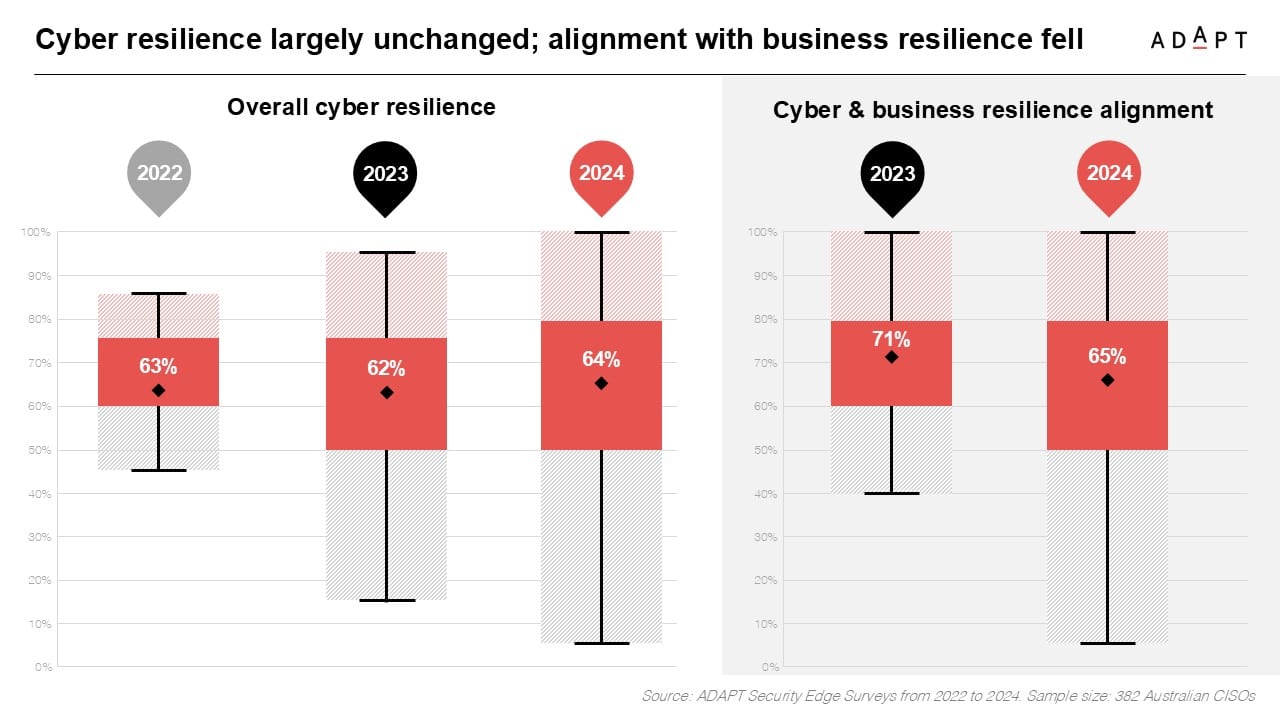
Instead of responding to one-time events, organisations must anticipate diverse disruptions by using intelligence and scenario planning to prepare for previously “unlikely” events.
Building resilience by design, rather than as a response, will be essential for navigating a consistently volatile landscape.
3. Efficiency is not enough: Transitioning to value creation
A narrow focus on operational efficiency has left value capture stagnant across industries, with CIOs facing mounting pressure to go beyond “keeping the lights on.”
Many organisations lack the maturity to pivot from cost reduction to value-driven growth.
Leaders must prioritise capturing consumer expectations and evolving policies that hinder effectiveness.
Beyond tweaking, operations must be overhauled to lay a modern foundation that supports responsible AI adoption, security, and optimised user experiences.
Those who embrace this shift in value perception will lead in competitive advantage.
4. Contributing to the trust economy
Trust is becoming a defining element of success, with government surveys revealing the importance of trust-building efforts.
Enterprises can take a cue by benchmarking their own trust levels and implementing measurable strategies to enhance it.
Research into trust metrics within the private sector will offer actionable insights, helping organisations develop practices that strengthen constituent trust and organisational loyalty.
5. Harnessing real AI for transformation
2024 saw organisations experimenting with AI yet struggling with scalable implementations.
Most initiatives remained small and targeted, yielding incremental gains in productivity.
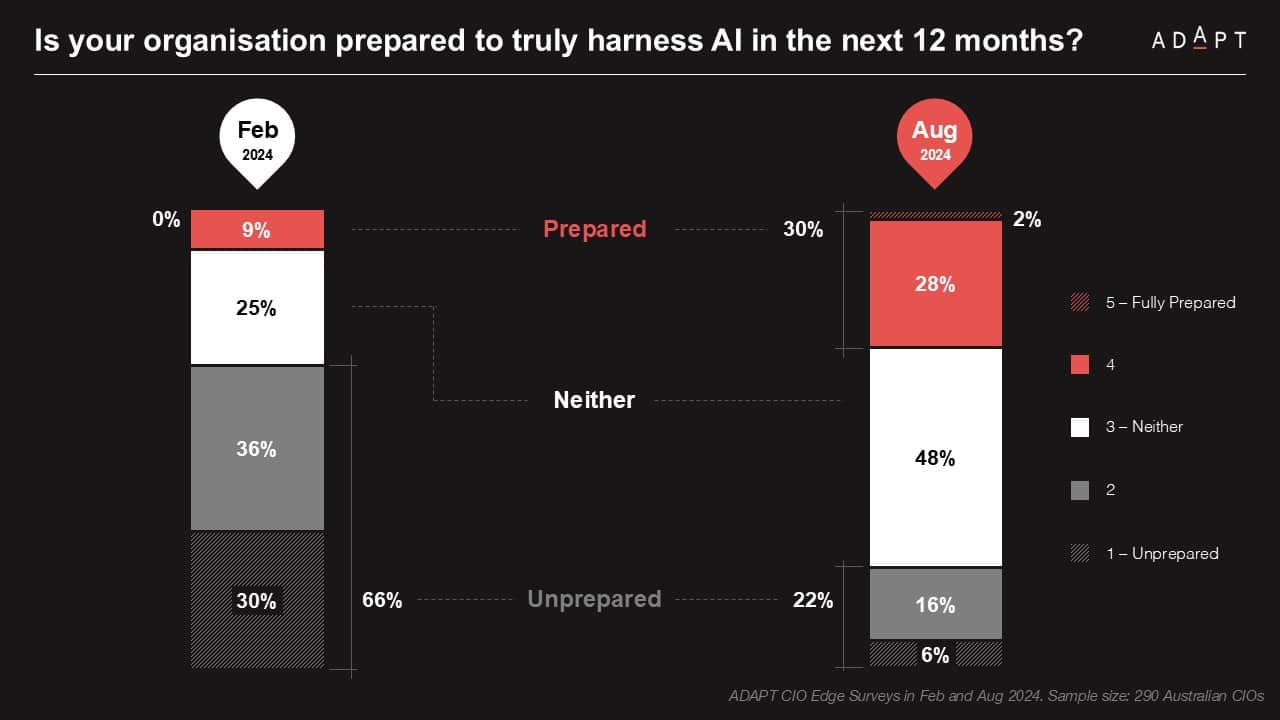
Moving forward, Australian executives must bridge the experimentation-to-execution gap by addressing data management challenges and exploring “small” or owned AI models that align with enterprise capabilities.
Organisations that balance in-house and outsourced AI efforts will find greater success in sustainably scaling AI, provided they invest in foundational data infrastructure and clearly define value metrics.




